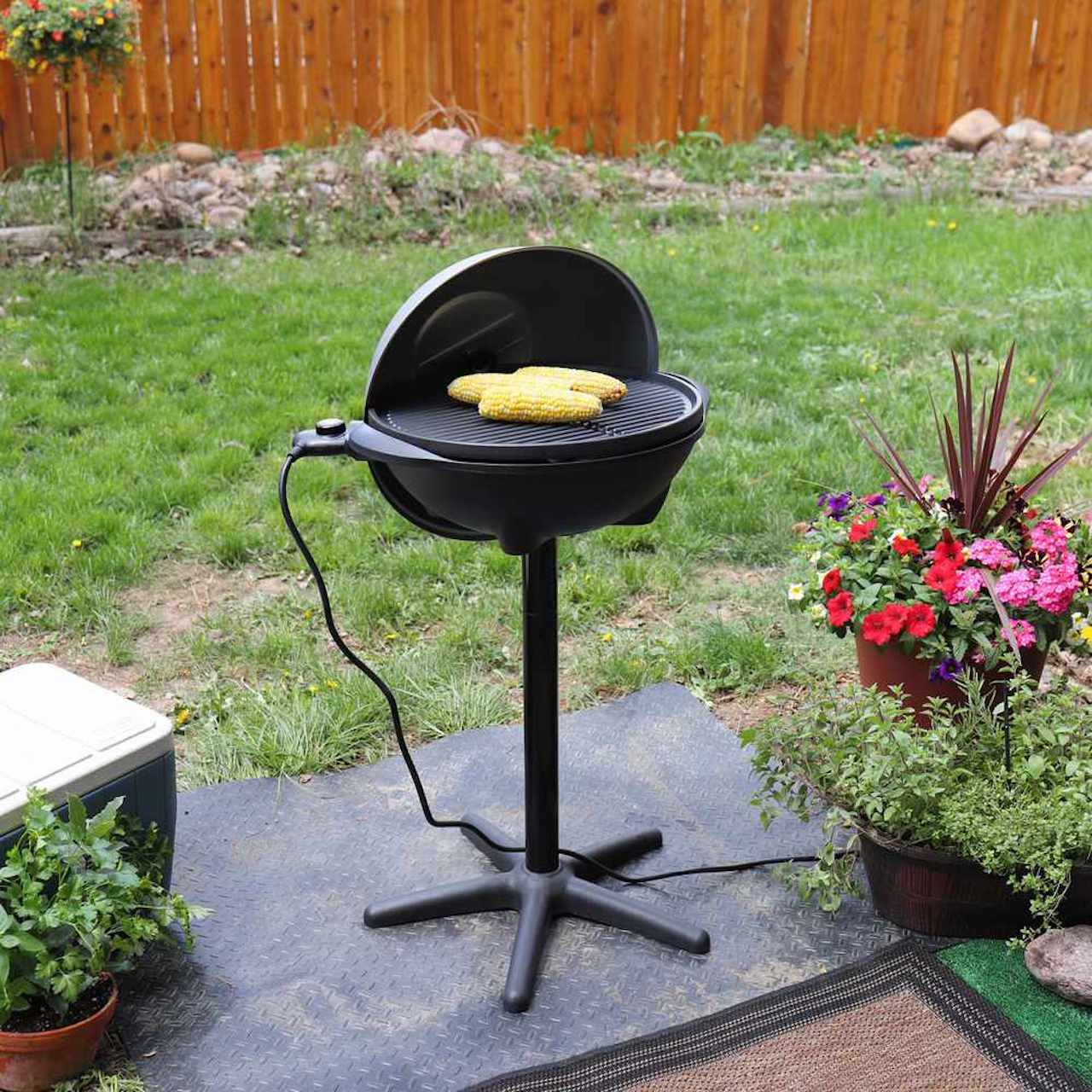

Articles
How To Use The George Foreman Grill
Modified: May 6, 2024
Discover the best articles on how to use the George Foreman Grill for delicious and healthy meals. Whether you're a beginner or a seasoned chef, our guides and tips will help you make the most of your grill.
(Many of the links in this article redirect to a specific reviewed product. Your purchase of these products through affiliate links helps to generate commission for Storables.com, at no extra cost. Learn more)
Introduction
The George Foreman Grill is a popular kitchen appliance that allows you to quickly and easily cook delicious meals. Named after the former professional boxer, George Foreman, this innovative grill offers numerous benefits and is a favorite among home cooks and busy individuals looking for a convenient cooking solution.
The George Foreman Grill is loved for its simplicity and versatility. Whether you’re a novice cook or a seasoned chef, this handy appliance can help you create mouthwatering dishes in no time. From grilled meats and veggies to paninis and even desserts, the possibilities are endless with the George Foreman Grill.
In this article, we’ll explore the various benefits of using the George Foreman Grill, how to set it up, proper cooking instructions, cleaning and maintenance tips, as well as important safety precautions. So, let’s dive in and discover how you can make the most of your George Foreman Grill!
Key Takeaways:
- The George Foreman Grill offers time-saving, healthier cooking, versatility, and user-friendly design, making it a go-to appliance for quick and delicious meals, perfect for busy individuals and home cooks.
- Proper setup, cleaning, and maintenance, along with safety precautions, are essential for maximizing the benefits of the George Foreman Grill and ensuring a safe and enjoyable cooking experience.
Benefits of Using the George Foreman Grill
The George Foreman Grill offers a range of benefits that make it a go-to kitchen appliance for many households. Here are some of the key advantages:
- Time-saving: One of the biggest benefits of using the George Foreman Grill is its ability to cook food quickly. The grill’s unique design ensures that heat is distributed evenly, resulting in faster cooking times compared to traditional stovetop or oven methods. This is perfect for individuals with busy schedules or those who want to whip up a quick and healthy meal.
- Healthier cooking: The George Foreman Grill is known for its ability to remove excess fat from food. The grill’s slanted design allows the fat to drain away from the food, resulting in healthier and leaner meals. This is especially beneficial for those who are conscious of their calorie intake or trying to maintain a healthier lifestyle.
- Versatility: The George Foreman Grill is incredibly versatile and can be used to cook a wide range of foods. From grilling steaks, chicken, and fish to toasting sandwiches, quesadillas, and even grilling vegetables, this grill can handle it all. Its versatility makes it a great addition to any kitchen, allowing you to experiment with different recipes and flavors.
- Easy to use: Another advantage of the George Foreman Grill is its user-friendly design. With just a simple on and off switch and adjustable temperature controls, even beginners can operate the grill with ease. There’s no need to worry about complicated settings or excessive monitoring – simply set the desired temperature, place your food on the grill, and let it cook.
- Compact and portable: The George Foreman Grill is compact in size, making it ideal for those with limited counter space or smaller kitchens. Its portable nature also makes it a great option for outdoor grilling or taking it on picnics or camping trips. You can enjoy the convenience of grilled food wherever you go.
These are just a few of the many benefits that the George Foreman Grill offers. With its time-saving features, healthier cooking options, versatility, ease of use, and portability, it’s no wonder why this grill has become a household favorite.
Setting Up the George Foreman Grill
Setting up your George Foreman Grill is a simple and straightforward process. Here’s a step-by-step guide to help you get started:
- Choose a suitable location: Select a flat and stable surface in your kitchen or outdoor area where you plan to use the grill. Ensure that there is enough space for the grill to be placed and operated comfortably.
- Unbox and inspect: Carefully unbox the George Foreman Grill and remove all packaging materials. Take a few moments to inspect the grill for any visible damage or defects. If you notice any issues, contact the manufacturer or retailer for assistance.
- Read the instruction manual: Before using your grill, it’s essential to familiarize yourself with the instruction manual. The manual will provide detailed information about the grill’s features, functions, and safety guidelines. Read through it thoroughly to ensure proper usage.
- Clean the grill plates: Prior to the first use, it’s advisable to clean the grill plates. Remove them from the grill and wash them with warm, soapy water. Rinse well and allow them to air dry completely. This helps remove any manufacturing residue and ensures a clean cooking surface.
- Connect the grill: Plug the power cord into a suitable electrical outlet. Ensure that the outlet is grounded and can handle the grill’s power requirements. The grill will usually have an indicator light that turns on when it’s properly connected to the power source.
- Preheat the grill: Turn on the grill and adjust the temperature control to the desired setting. Give the grill a few minutes to preheat, allowing the plates to reach the desired temperature. This is an important step for optimal cooking results.
- Check the temperature: Once the grill is preheated, check the temperature using an instant-read thermometer or by using the grill’s built-in temperature gauge, if available. It’s crucial to ensure that the grill reaches the desired temperature to properly cook your food.
- Ready to use: Once the grill is preheated and at the desired temperature, it’s ready to use. Follow the specific cooking instructions for the type of food you wish to cook. Place the food on the grill plates, close the lid, and let it cook for the recommended time, flipping as necessary.
With these steps, you can easily set up your George Foreman Grill and start cooking delicious meals in no time. Remember to always refer to the instruction manual for any specific guidelines and safety precautions.
Preparing the Grill for Cooking
Before you start cooking on your George Foreman Grill, it’s important to properly prepare the grill to ensure optimal cooking results and to maintain its longevity. Follow these steps to prepare the grill for cooking:
- Ensure the grill is clean: Before each use, it’s essential to clean the grill plates to remove any food residues or build-up from previous cooking sessions. Use a soft sponge or cloth and warm, soapy water to gently scrub the plates. Rinse them thoroughly and allow them to dry completely before placing them back on the grill.
- Apply a thin layer of cooking oil: To prevent food from sticking to the grill plates, lightly brush or spray a thin layer of cooking oil on the surface of the plates. This will help create a non-stick surface and make it easier to remove the food after cooking. Be sure to use a cooking oil suitable for high-heat cooking, such as canola or vegetable oil.
- Preheat the grill: Preheating the grill is an essential step in preparing it for cooking. Turn on the grill and select the desired temperature setting. Allow the grill to preheat for a few minutes, allowing the plates to reach the optimal cooking temperature. This step ensures that your food cooks evenly and thoroughly.
- Check the temperature: Once the grill is preheated, it’s important to verify the temperature using an instant-read thermometer or the built-in temperature gauge, if available. This will ensure that the grill has reached the desired temperature for cooking your food properly. Adjust the temperature if necessary.
- Place the food on the grill: Once the grill is preheated and at the desired temperature, it’s time to place the food on the grill plates. Depending on what you’re cooking, you may need to adjust the position of the plates or use any included accessories, such as a grill basket or skewers, to properly cook the food. Close the lid and let the food cook according to the recommended cooking time.
- Monitor the cooking process: While the food is cooking, it’s important to closely monitor the process. Check the food regularly to ensure it’s not overcooking or burning. If needed, adjust the temperature or cooking time accordingly. Keep in mind that the cooking time may vary depending on the type and thickness of the food being cooked.
- Check for doneness: To determine if your food is cooked to the desired level of doneness, you can use a meat thermometer for meats or make a small incision in the food to check for doneness visually. Different types of food may have different recommended internal temperatures for safe consumption. Refer to cooking charts or recipes for specific guidelines.
- Remove the cooked food: Once the food is cooked to your liking, carefully remove it from the grill using heat-resistant utensils or tongs. Avoid using metal utensils as they can scratch the grill plates. Place the cooked food on a serving plate or tray and allow it to cool slightly before serving.
By following these steps, you can ensure that your George Foreman Grill is properly prepared for cooking. Taking the time to clean the grill, apply cooking oil, preheat, and monitor the cooking process will result in delicious, evenly cooked meals every time you use the grill.
Cooking Instructions for Different Types of Food
The George Foreman Grill is a versatile appliance that allows you to cook a wide variety of foods. Here are some general cooking instructions for different types of food:
- Meats: When cooking meats such as chicken breasts, steak, or burgers, it’s important to preheat the grill to a medium-high temperature (around 375°F to 400°F). Season the meat with your desired spices and place it on the grill. Close the lid and cook for the recommended time, flipping once halfway through. Use a meat thermometer to check the internal temperature for doneness.
- Vegetables: Grilling vegetables on the George Foreman Grill is a great way to add a smoky flavor and char to your favorite veggies. Preheat the grill to a medium-high temperature and lightly brush the vegetables with olive oil to prevent sticking. Place the vegetables on the grill and cook for a few minutes on each side until they are tender and have grill marks. Season with salt, pepper, or your preferred seasoning.
- Sandwiches and Paninis: The George Foreman Grill is perfect for making delicious sandwiches and paninis. Preheat the grill to a medium temperature and assemble your sandwich with your desired fillings. Lightly brush the exterior of the bread with butter or oil to achieve a crispy finish. Place the sandwich on the grill, close the lid, and cook for a few minutes until the bread is toasted, the cheese is melted, and the filling is heated through.
- Seafood: Grilling seafood on the George Foreman Grill brings out its natural flavors. Preheat the grill to a medium-high temperature and lightly brush the seafood with oil. Place the seafood on the grill and cook for a few minutes on each side until it is opaque and flakes easily. Adjust the cooking time based on the thickness of the seafood. Serve with a squeeze of lemon juice and your favorite marinade or sauce.
- Desserts: Yes, you can even make desserts on the George Foreman Grill! Grilled fruit, such as pineapple or peaches, is a popular choice. Preheat the grill to a medium temperature and lightly brush the fruit with oil or butter. Place the fruit on the grill and cook for a few minutes on each side until it caramelizes and becomes tender. Serve the grilled fruit with a scoop of ice cream or a drizzle of honey for a delightful dessert.
These are just a few examples of the many possibilities you can experiment with on your George Foreman Grill. The key is to adjust the cooking time and temperature based on the specific food you’re preparing, and to monitor the process closely to achieve your desired level of doneness.
When using a George Foreman Grill, make sure to preheat it for 5-10 minutes before adding your food. This will ensure even cooking and better grill marks.
Read more: How To Clean A George Foreman Grill
Cleaning and Maintenance of the George Foreman Grill
Proper cleaning and maintenance of your George Foreman Grill are crucial for its longevity and optimal performance. Here are some tips to keep your grill clean and well-maintained:
- Cool down the grill: Before cleaning the grill, ensure that it has completely cooled down. Unplug the grill and wait for it to cool off before handling or cleaning.
- Remove the plates: Detach the grill plates from the appliance. Most George Foreman Grills have removable plates, which makes the cleaning process much easier. Follow the manufacturer’s instructions to safely remove the plates.
- Wash the plates: Wash the grill plates with warm, soapy water using a sponge or soft cloth. Avoid using abrasive scrubbers or harsh cleaning agents that could damage the non-stick coating. Rinse the plates thoroughly and let them air dry completely.
- Clean the grill body: Wipe down the grill body with a damp cloth or sponge to remove any food residue or grease. Be cautious not to wet the electrical components of the grill. For stubborn stains or grease, use a mild cleaning solution and gently scrub the affected areas. Ensure the grill is completely dry before storage or next use.
- Reattach the plates: Once the plates are dry, reattach them to the grill according to the manufacturer’s instructions. Ensure they are properly secured and aligned before using the grill again.
- Regular maintenance: Regularly inspect your George Foreman Grill for any signs of wear and tear, loose parts, or malfunctioning components. If you notice any issues or strange noises coming from the grill, contact the manufacturer’s customer service for assistance.
- Storage: When not in use, store your grill in a clean and dry place. Make sure it is protected from dust and other contaminants. If possible, store the grill with the plates detached to prevent any moisture or food residue buildup.
- Proper usage: To prolong the lifespan of your George Foreman Grill, it’s important to follow the manufacturer’s guidelines and recommendations. Avoid using metal utensils that could scratch the non-stick coating on the plates. Additionally, refrain from using abrasive cleaning tools or harsh chemicals that could damage the grill’s surface.
- Replace parts as needed: Over time, the grill plates or other parts of the appliance may need to be replaced due to wear and tear. Check with the manufacturer or authorized service centers for genuine replacement parts to ensure the grill continues to function properly.
By following these cleaning and maintenance tips, you can keep your George Foreman Grill in excellent condition, ensuring it remains a reliable cooking companion for years to come.
Safety Precautions and Tips for Using the Grill
While the George Foreman Grill is convenient and easy to use, it’s important to prioritize safety when operating any kitchen appliance. Take these safety precautions and tips into consideration to ensure a safe and enjoyable cooking experience:
- Read the instruction manual: Familiarize yourself with the instruction manual provided by the manufacturer. This will ensure you understand how to operate the grill correctly and safely, as well as any specific safety guidelines.
- Always unplug when not in use: When you’re finished cooking, remember to always unplug the grill from the electrical outlet. This will prevent any accidental burns or electrical mishaps.
- Preheat with caution: When preheating the grill, handle it with care to avoid any burns. The grill plates become hot during this process, so avoid touching them directly. Use oven mitts or heat-resistant gloves if necessary.
- Keep a safe cooking area: Maintain a safe cooking area by keeping the grill away from any flammable objects, such as curtains or paper towels. Ensure there is enough space around the grill for proper ventilation and ease of use.
- Do not leave unattended: It’s crucial to never leave the grill unattended while it’s in use. Keep a close eye on the cooking process to prevent any potential accidents or overcooking.
- Handle with care: When opening and closing the grill, use the handle provided. Avoid touching the hot surfaces of the grill plates to prevent burns. Take caution when flipping or removing food from the grill to avoid accidental injuries.
- Use utensils correctly: To prevent scratching the non-stick coating on the grill plates, use only wooden, silicone, or plastic utensils. Metal utensils can damage the surface and compromise the non-stick properties.
- Cook in a well-ventilated area: Ensure there is proper ventilation in the cooking area to prevent the accumulation of smoke or unpleasant odors. Consider using the grill near a range hood or opening windows to maintain fresh air circulation.
- Avoid overfilling: When cooking foods that release juices or fats, be cautious not to overfill the grill. Excessive liquid can cause it to overflow and potentially create a mess or even pose a safety hazard.
- Handle grease and oil carefully: When removing excess grease or oil from the grill plates, use caution. Dispose of the grease properly and avoid pouring it down the sink, as it can cause clogs. Allow the grease to cool before handling and use appropriate disposal methods.
- Keep children and pets away: The George Foreman Grill can get extremely hot during use. Make sure to keep children and pets at a safe distance from the grill to prevent accidental burns or injuries.
- Stay alert: Remain focused and attentive while using the grill. Avoid distractions and multitasking to ensure your safety and prevent any mishaps during the cooking process.
By following these safety precautions and tips, you can enjoy the convenience and delicious meals prepared on your George Foreman Grill while ensuring the safety of yourself and others in the kitchen.
Frequently Asked Questions (FAQs)
Here are answers to some common questions about using the George Foreman Grill:
- Can I cook frozen food on the George Foreman Grill?
Yes, you can cook frozen food on the grill. However, it may take slightly longer to cook compared to thawed or fresh food. Adjust the cooking time accordingly and ensure the food reaches a safe internal temperature before consuming. - Can I use aluminum foil on the grill?
It is not recommended to place aluminum foil directly on the grill plates, as it can interfere with the grill’s heat distribution and drainage system. However, you can use foil to wrap delicate or smaller foods, such as fish or vegetables, before placing them on the grill. - Can I leave the grill plates in the dishwasher?
It depends on the specific model of your George Foreman Grill. Some grill plates are dishwasher-safe, while others need to be hand-washed. Refer to the instruction manual for information on the proper cleaning method for your grill plates. - How do I know when the food is cooked?
To determine if your food is cooked to the desired level, you can refer to cooking charts, recipes, or use a meat thermometer to check the internal temperature. Different types of food have different recommended cooking temperatures for safety and optimal taste. - Can I use the grill indoors?
Yes, the George Foreman Grill is designed for indoor use. It is electrically powered and does not produce open flames or excessive smoke. However, it’s important to ensure proper ventilation when using the grill indoors to avoid the buildup of smoke or odors. - Can I adjust the temperature on the George Foreman Grill?
Most George Foreman Grills come with adjustable temperature controls. This feature allows you to easily adjust the temperature based on the type of food you’re cooking. Refer to the grill’s manual for specific instructions on adjusting the temperature. - How should I store the George Foreman Grill?
After use, let the grill cool down completely before storing it. If possible, detach the grill plates and store them separately to prevent any moisture or food residue buildup. Store the grill in a clean and dry place, away from dust and contaminants. - Can I use the George Foreman Grill for outdoor grilling?
While the George Foreman Grill is primarily designed for indoor use, some models may be suitable for outdoor grilling. Refer to the instruction manual to determine if your specific grill can be used outdoors. Ensure that it is placed on a stable and heat-resistant surface and away from any flammable objects. - How often should I clean the grill?
It’s recommended to clean the George Foreman Grill after each use to remove any food residues or grease. Regular cleaning helps maintain the grill’s performance and prevents the buildup of debris or bacteria. - Can I cook delicate foods on the George Foreman Grill?
Yes, you can cook delicate foods on the grill. To prevent them from sticking or falling apart, lightly brush the grill plates with oil, use foil as a barrier, or use a grilling basket or tray specifically designed for delicate foods.
If you have any additional questions or concerns about using your George Foreman Grill, consult the instruction manual or reach out to the manufacturer’s customer service for further assistance.
Conclusion
The George Foreman Grill is a versatile and convenient kitchen appliance that offers numerous benefits for home cooks and busy individuals. With its ability to cook food quickly, remove excess fat, and provide a range of cooking options, it has become a popular choice for those seeking easy and healthy meal solutions.
In this article, we covered the various benefits of using the George Foreman Grill, including its time-saving features, healthier cooking options, versatility, and user-friendly design. We also provided instructions for setting up the grill, preparing it for cooking, and cleaning and maintaining it for optimal performance.
Furthermore, we emphasized the importance of safety precautions when using the grill, such as reading the instruction manual, handling the grill with care, and keeping a safe cooking area. We also addressed frequently asked questions to help address any concerns or uncertainties that users may have.
By following the tips and guidelines outlined in this article, you can unlock the full potential of your George Foreman Grill and enjoy delicious meals with ease. Whether you’re grilling meats, vegetables, sandwiches, or even desserts, the George Foreman Grill is a versatile tool that can elevate your culinary creations.
So, plug in your George Foreman Grill, get creative with your recipes, and savor the convenience and flavor it brings to your kitchen. Happy grilling!
Now that you've got the hang of using your George Foreman Grill, why not expand your indoor grilling repertoire? Learn the ins and outs of perfectly grilling brats indoors where every bite is as juicy and flavorful as the last. Whether you're hosting a game day gathering or just spicing up weeknight dinners, mastering these grilling skills will surely make you the hero of home cooking.
Frequently Asked Questions about How To Use The George Foreman Grill
Was this page helpful?
At Storables.com, we guarantee accurate and reliable information. Our content, validated by Expert Board Contributors, is crafted following stringent Editorial Policies. We're committed to providing you with well-researched, expert-backed insights for all your informational needs.
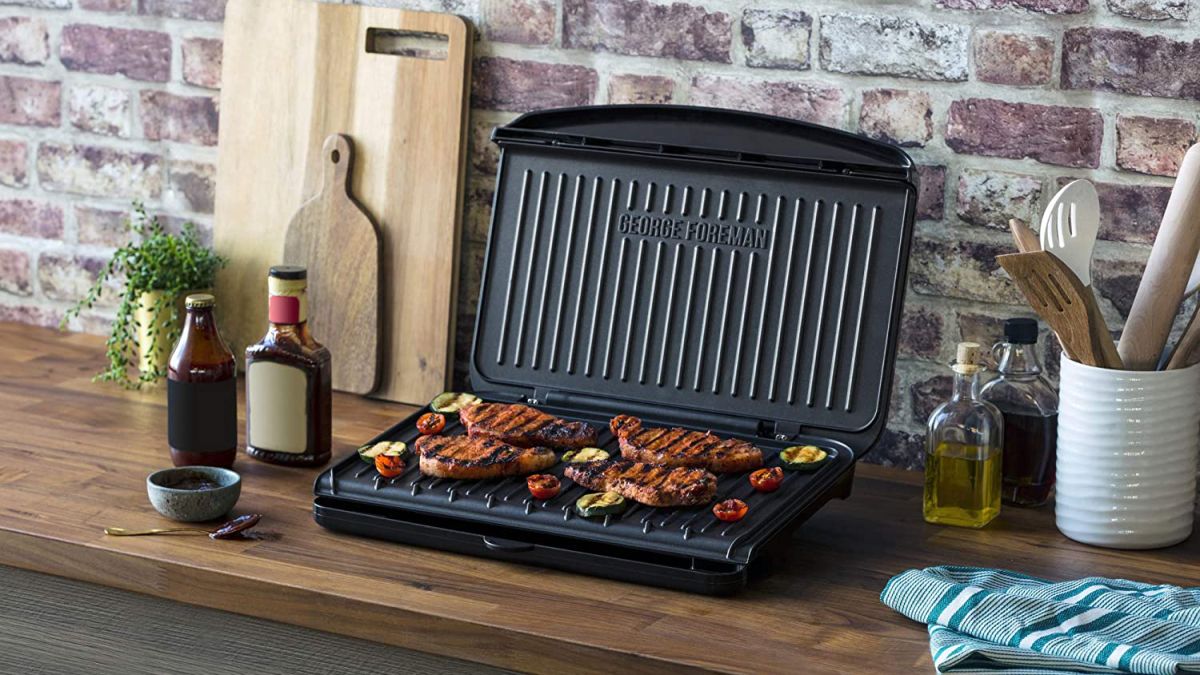
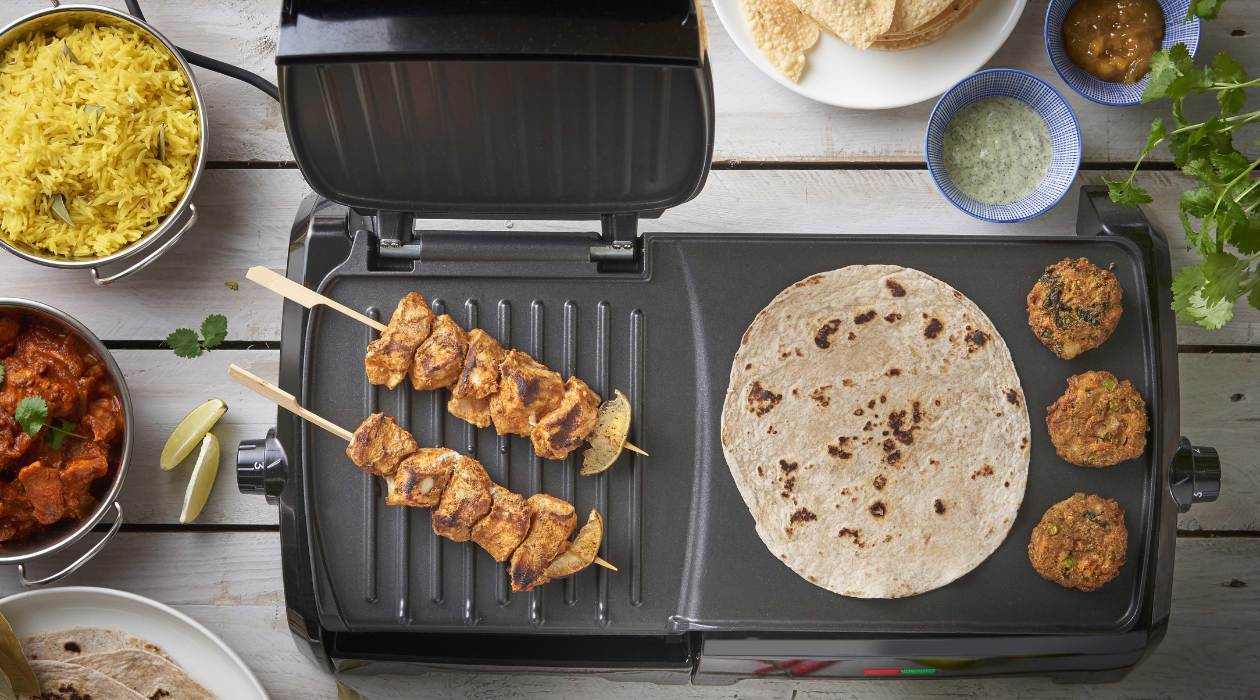
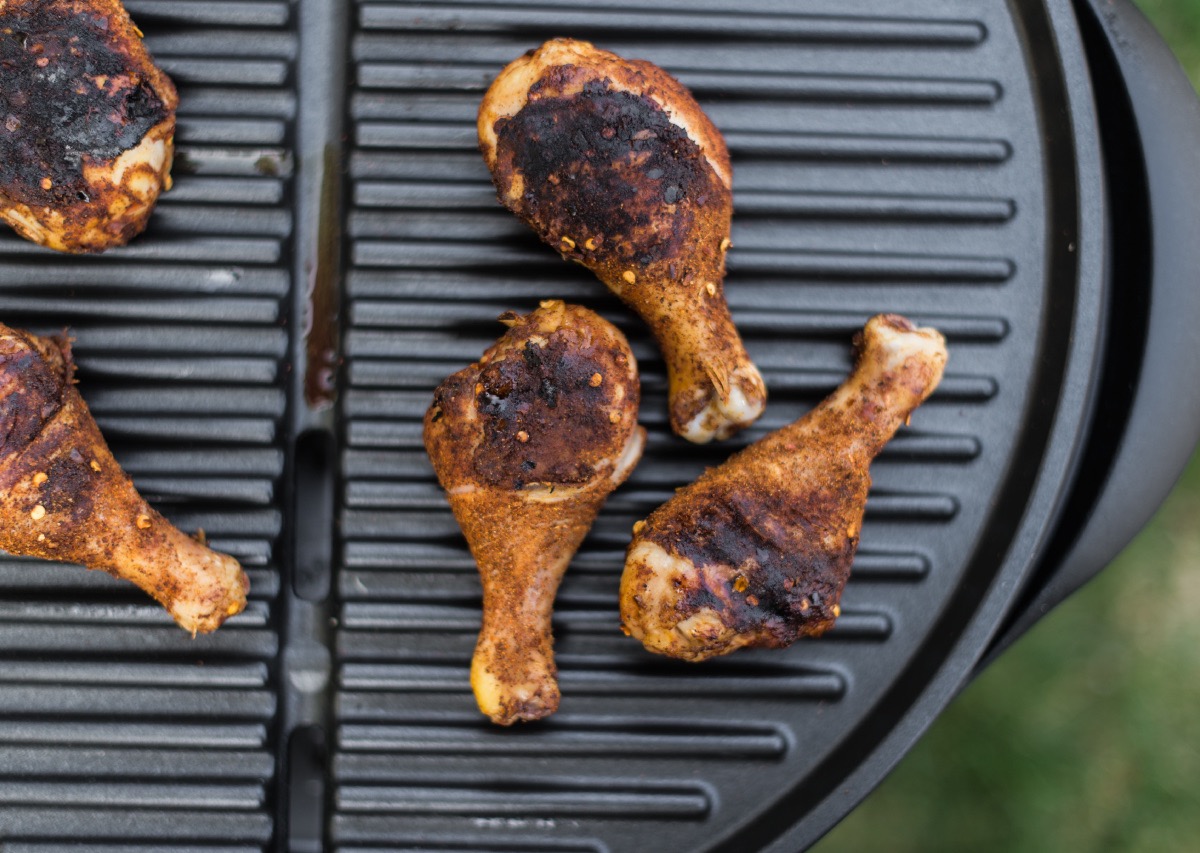
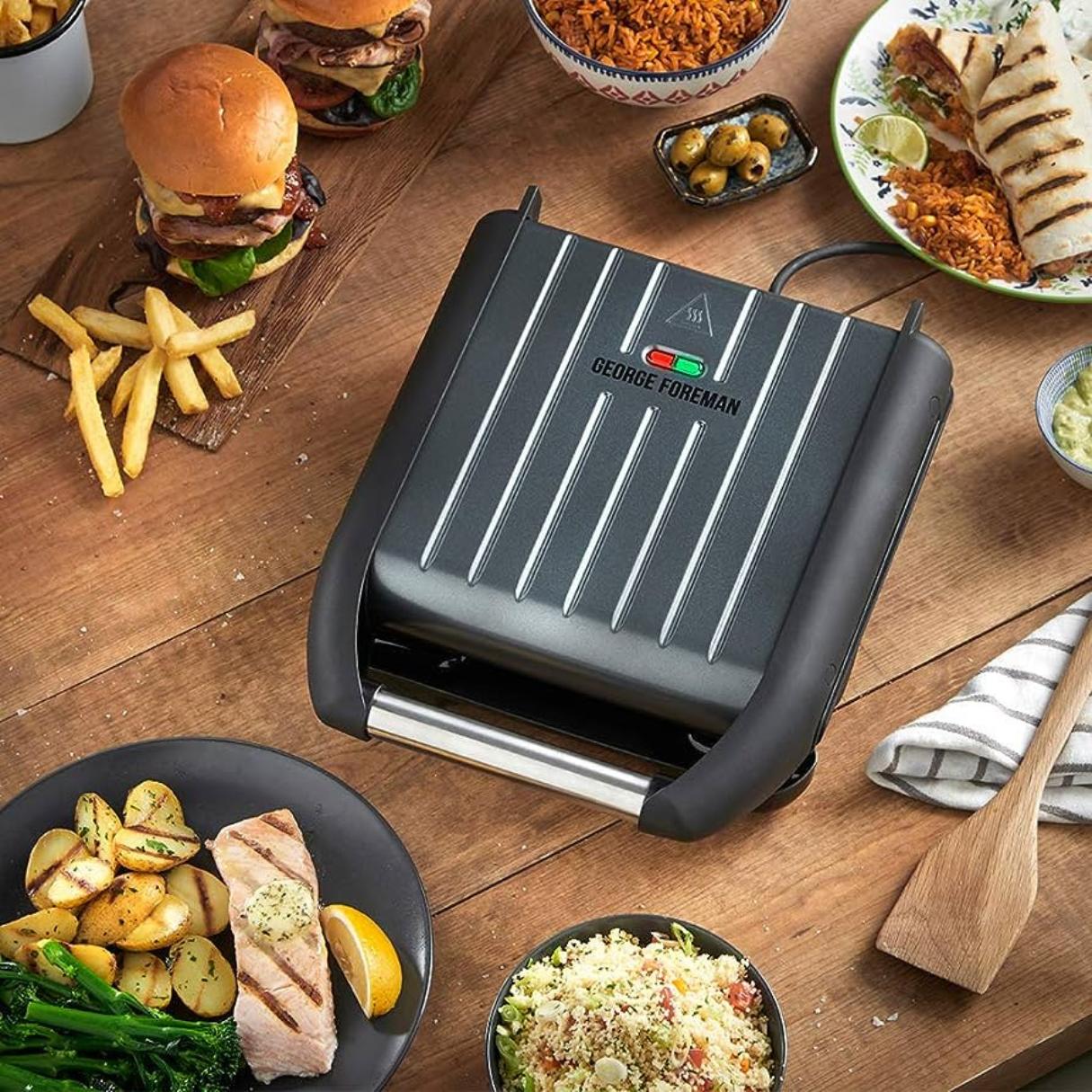
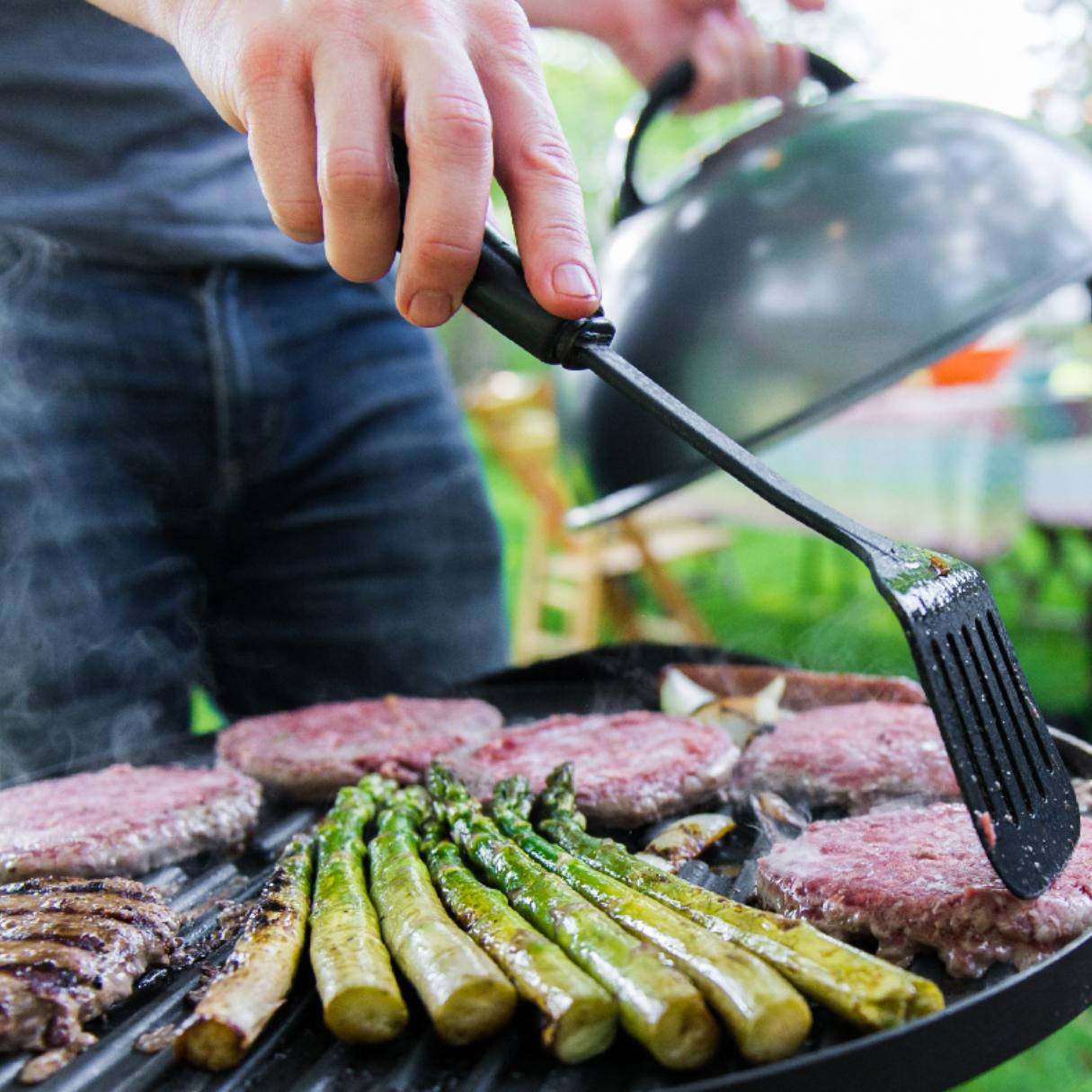
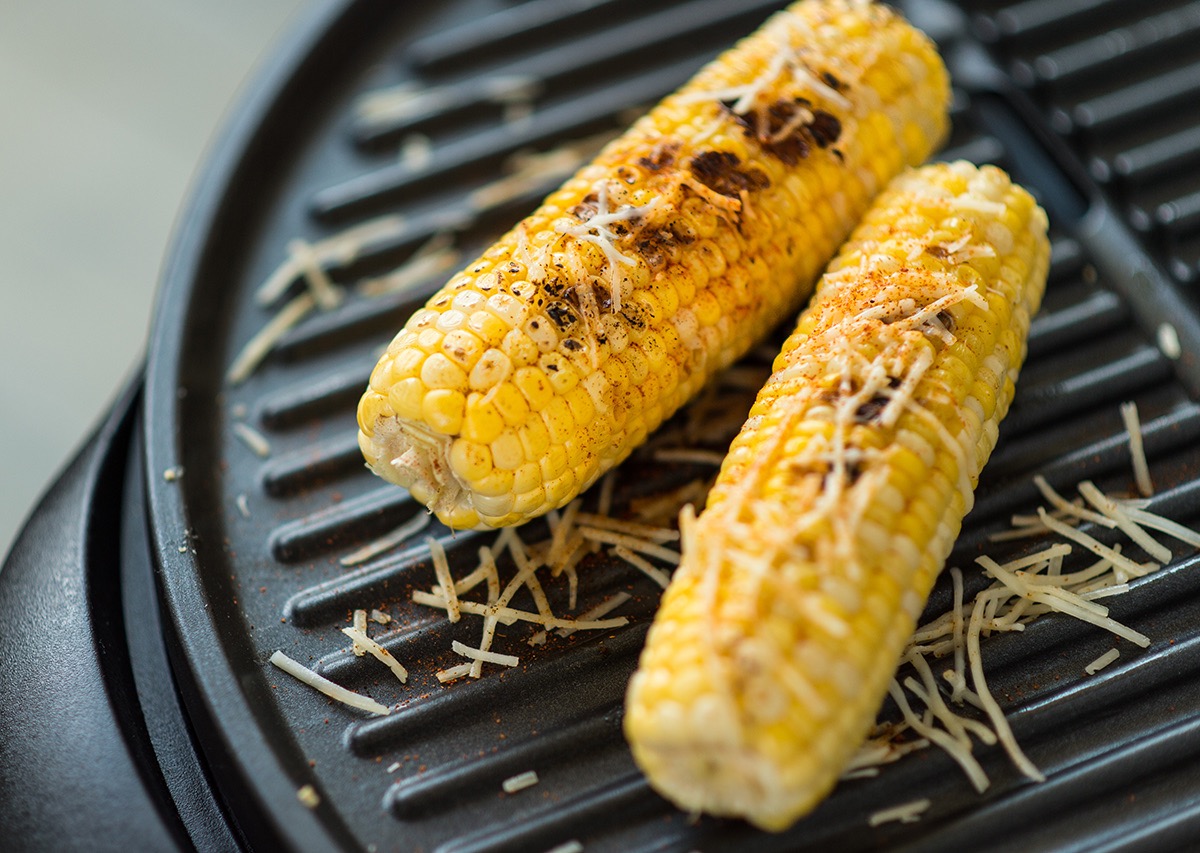
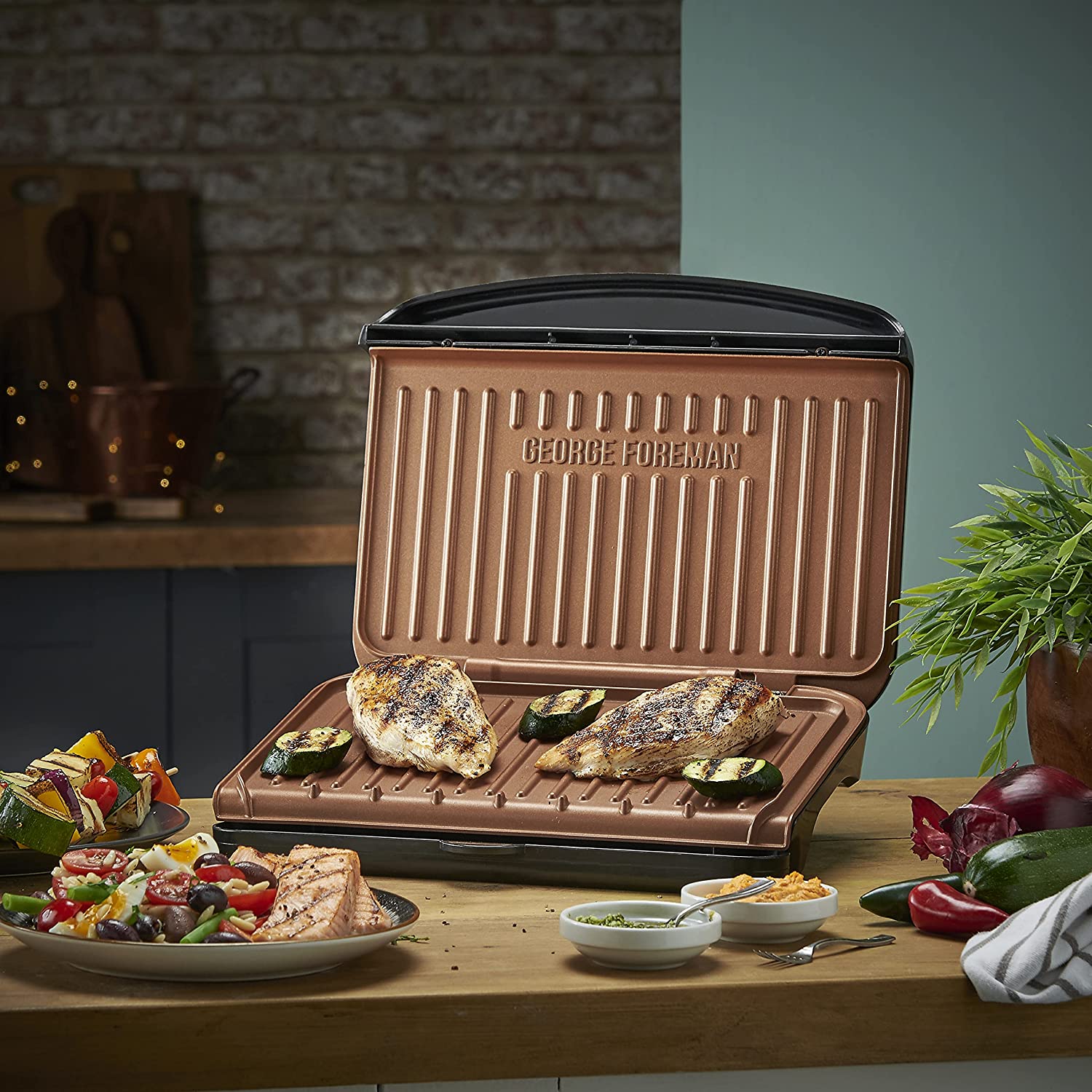
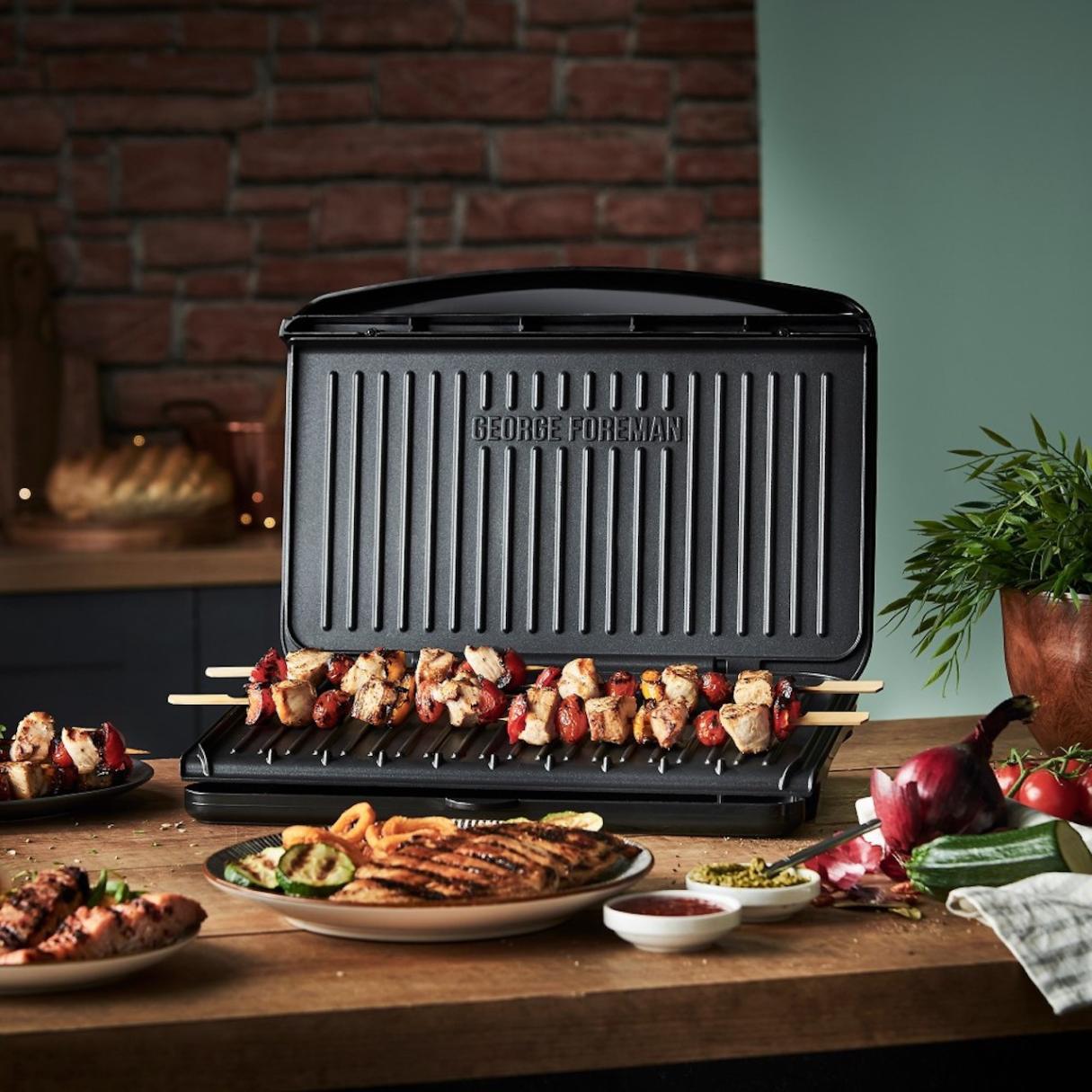
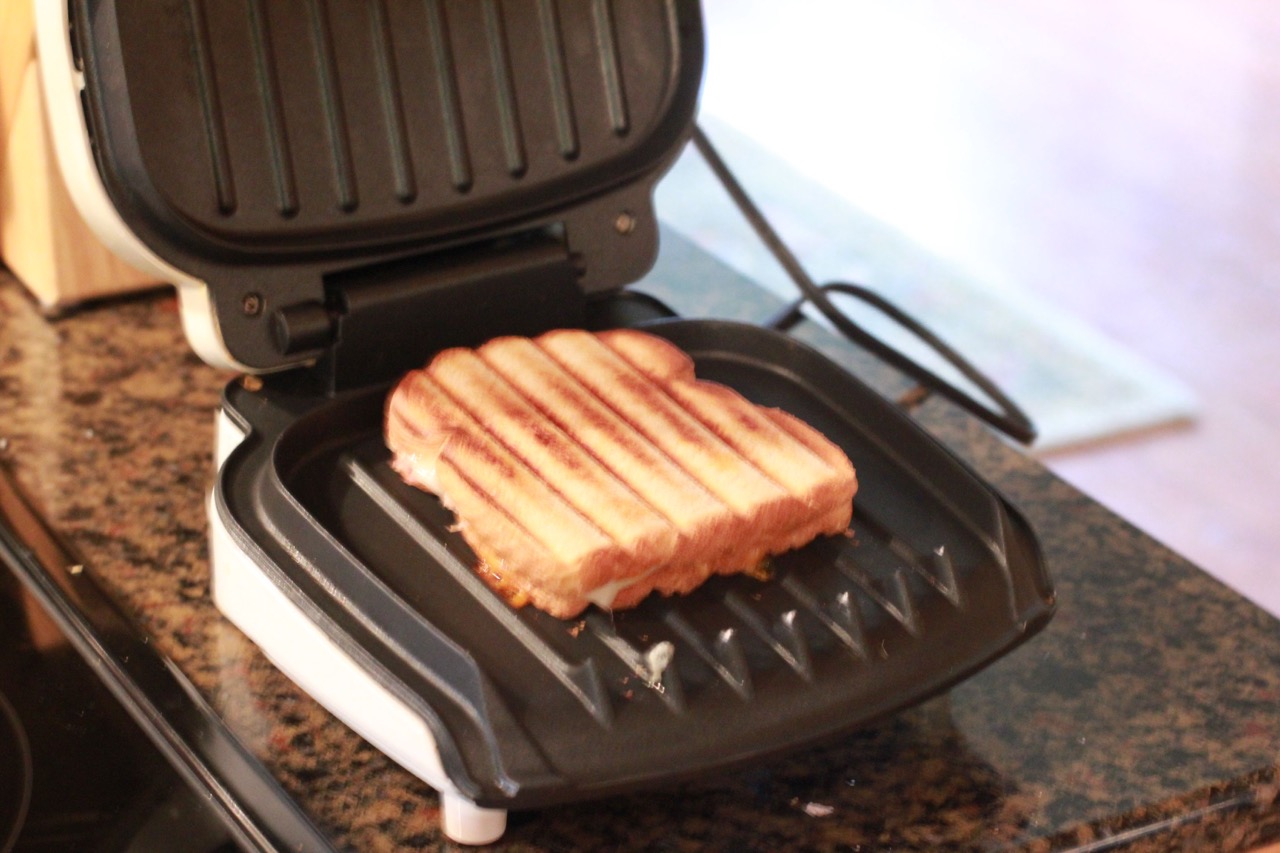
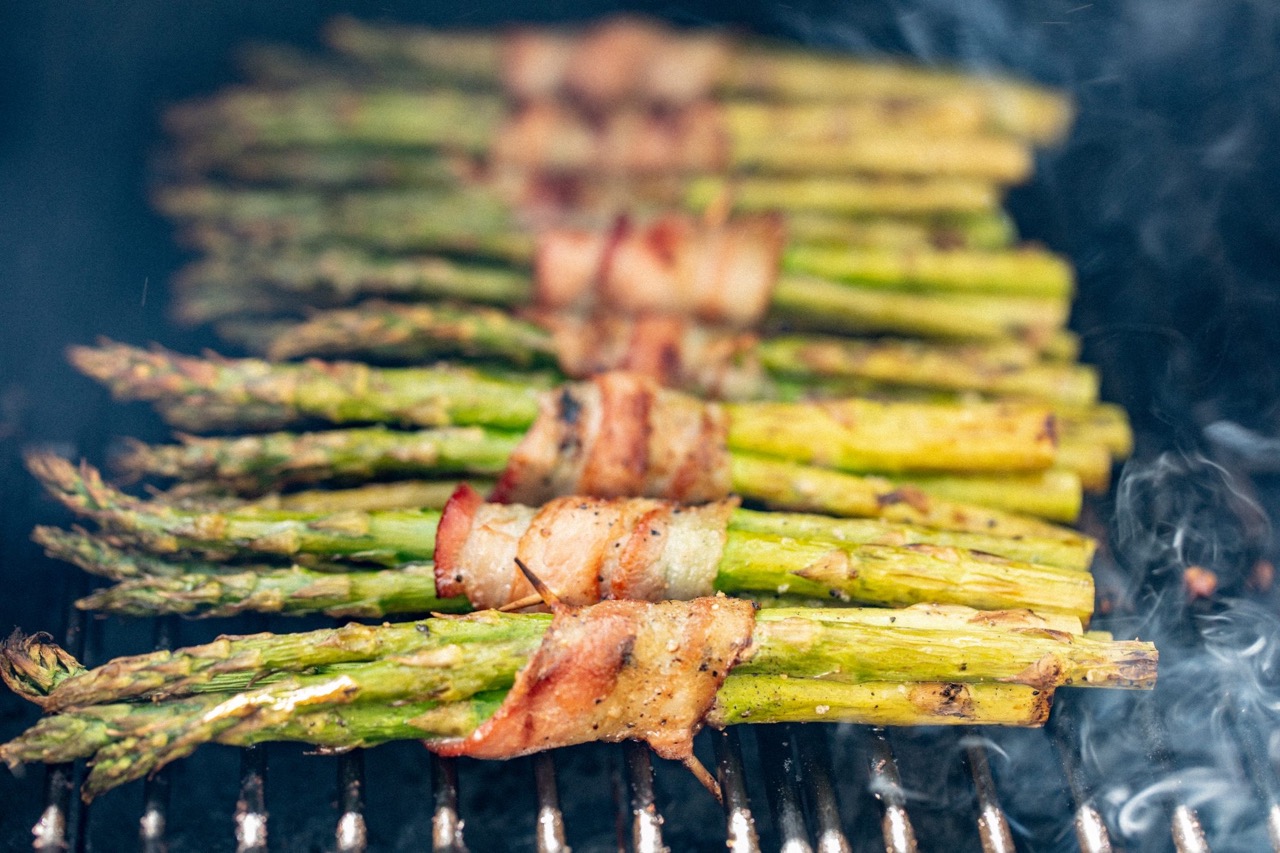
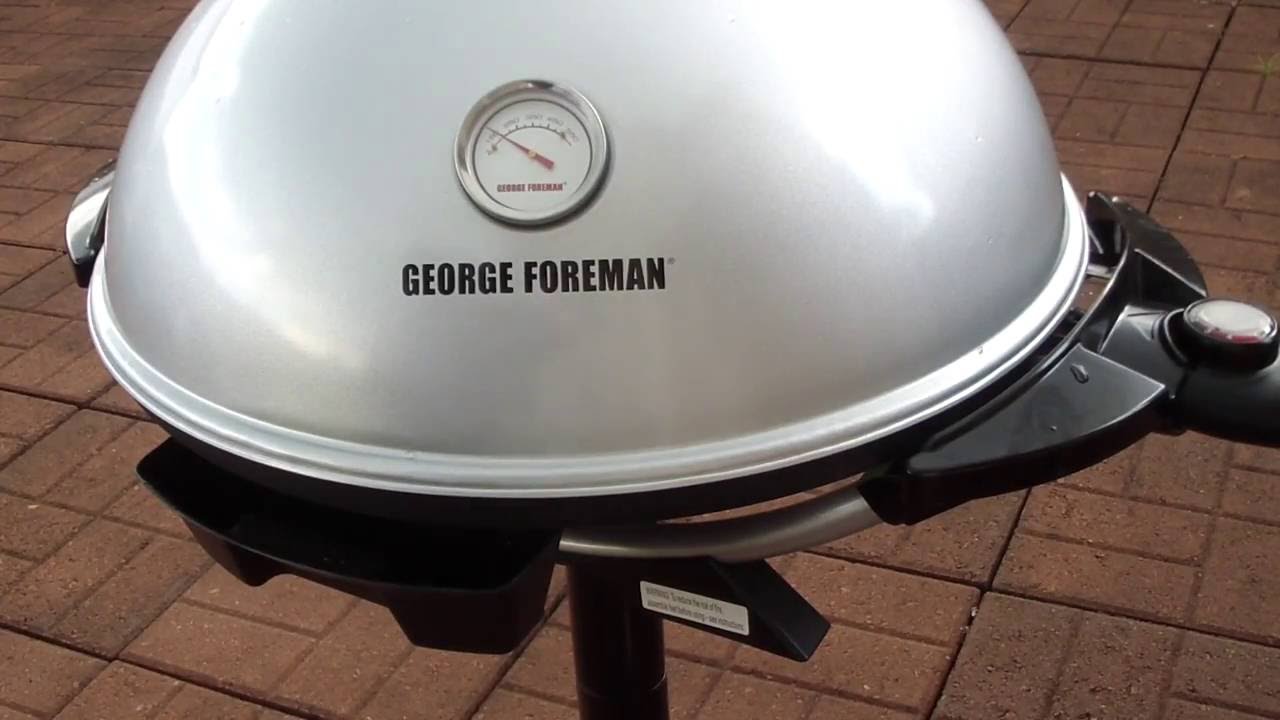
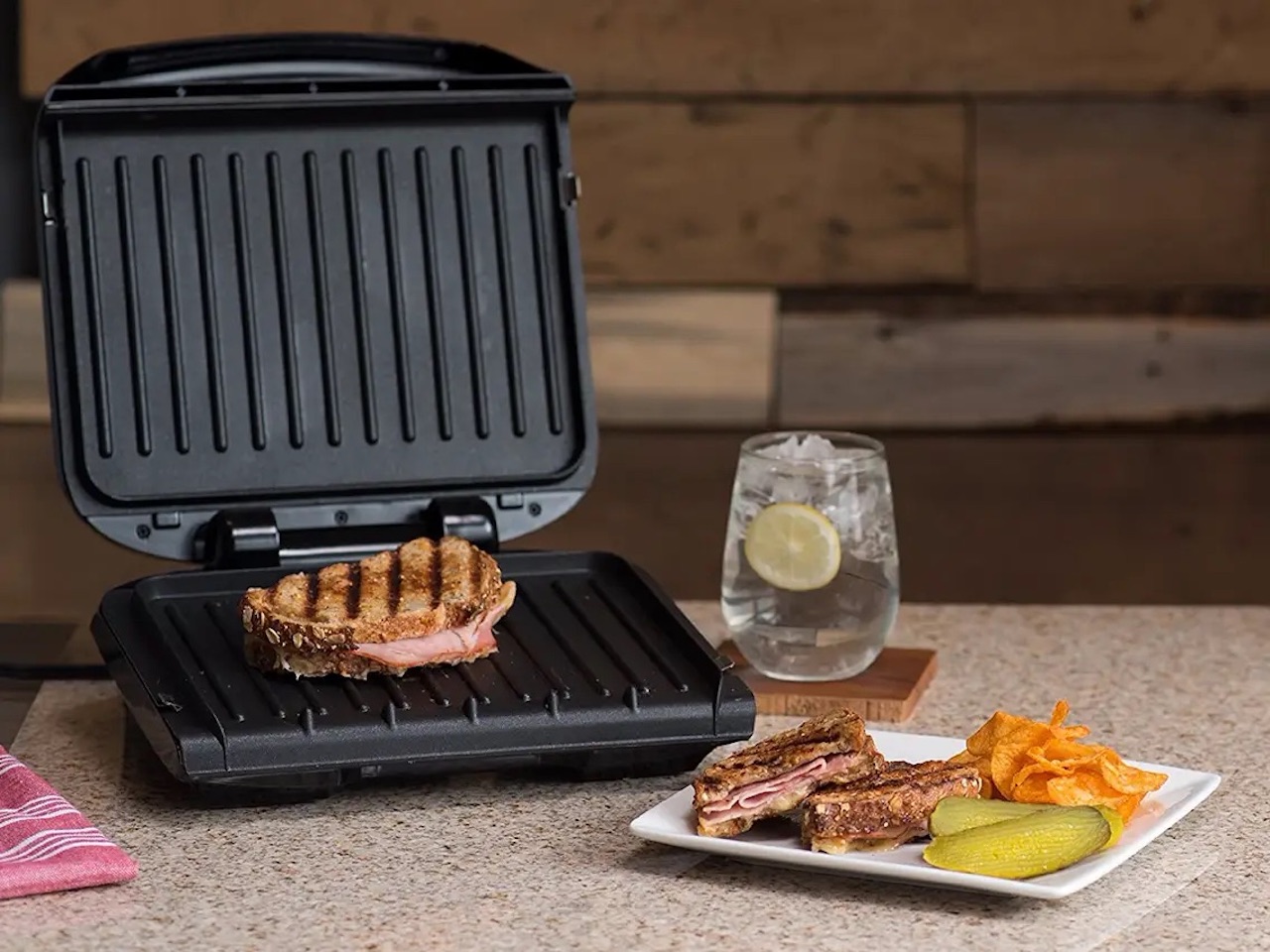
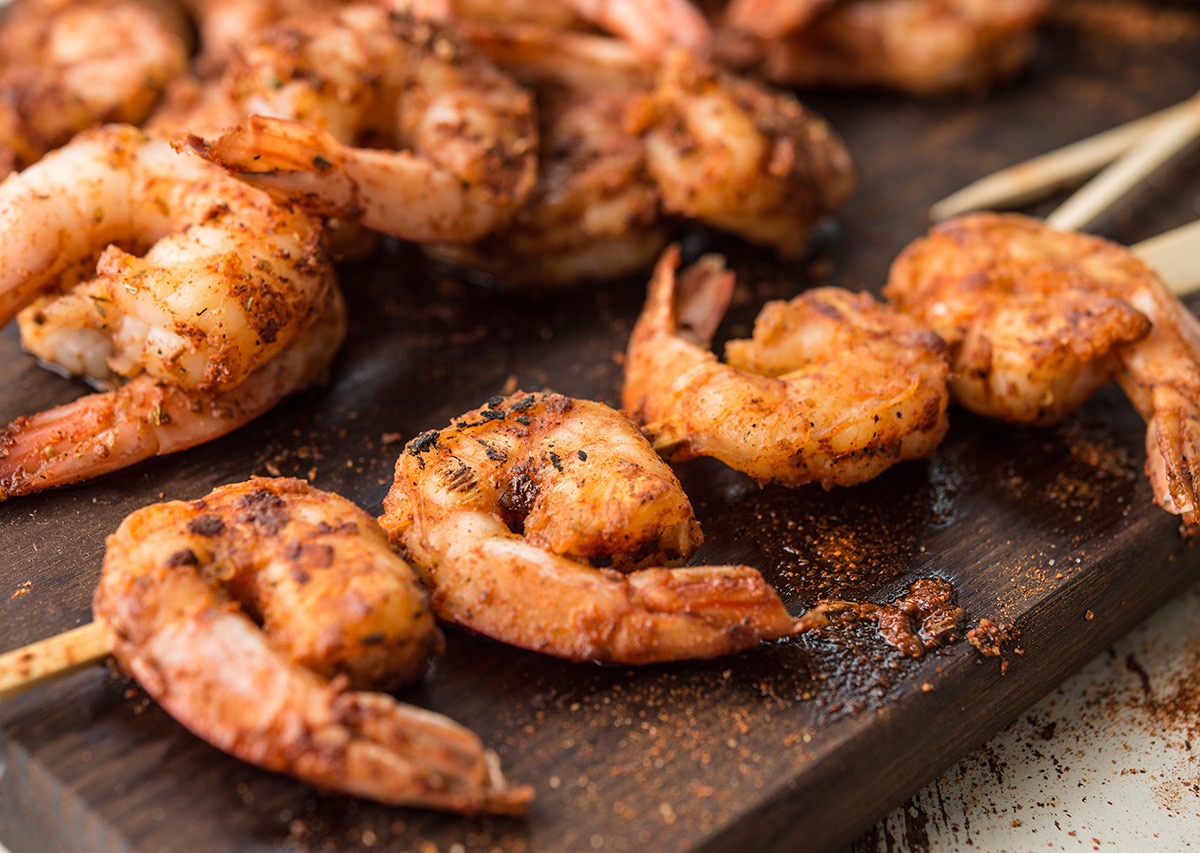
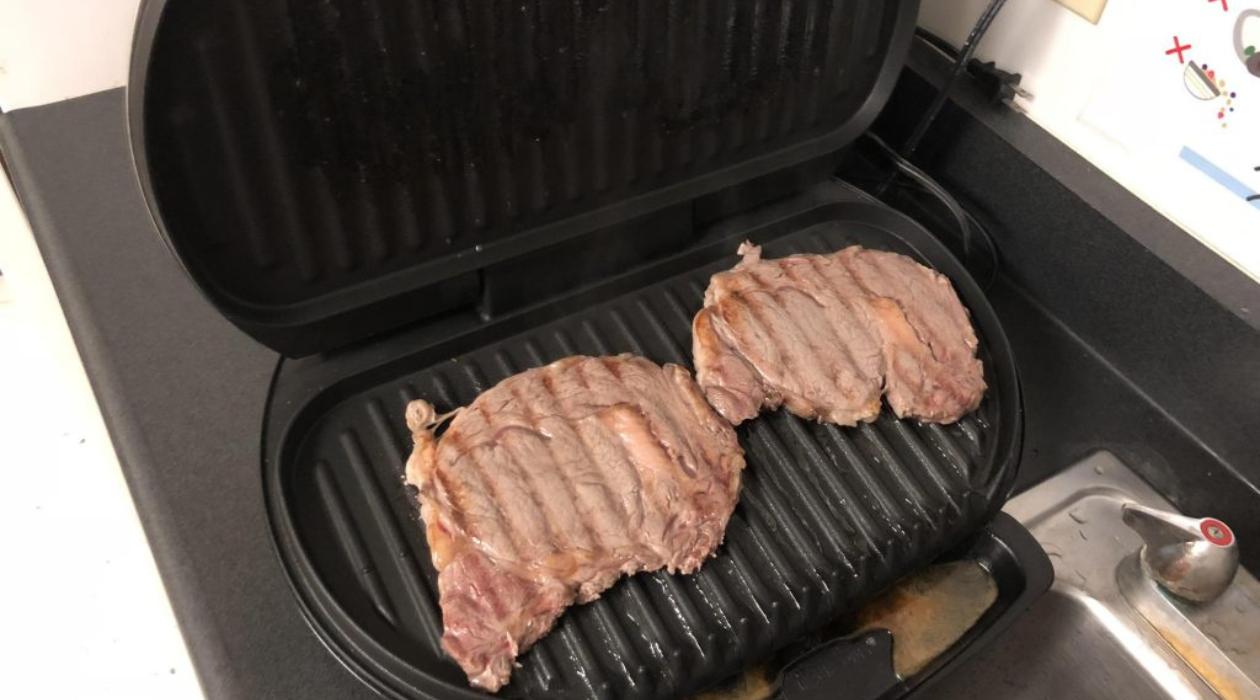

0 thoughts on “How To Use The George Foreman Grill”